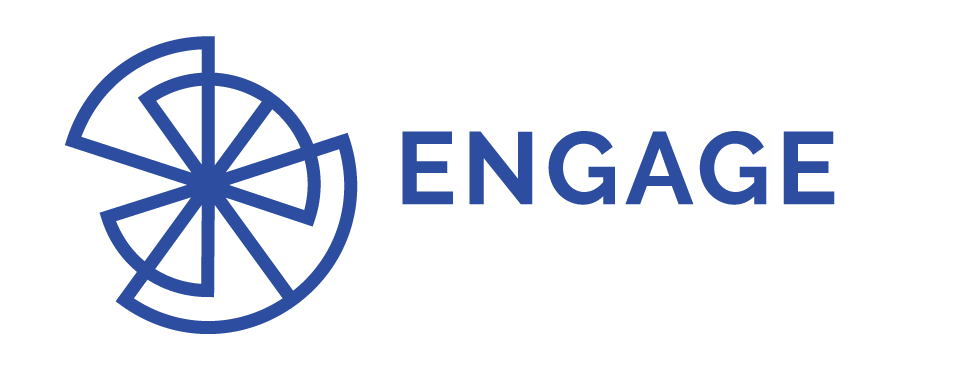Assessing the Current Structures and Processes of External Action Plus and Formulating Recommendations
Andrea Christou, Chad Damro, Marie Vandendriessche, Anna Fonts Picas & Mateu Tomi
The European Union’s (EU) portfolio of external activities is expanding in important ways to include a diverse range of policy areas, which has given rise to the notion of “external action plus”. In practical terms, this assortment of policy areas may be linked and interact in ways that open opportunities for more effective, coherent and sustainable external action.
Given the importance of these developments, Work Package 6 of the ENGAGE project, focusing on External Action Plus, has undertaken a targeted investigation into the ways in which external action plus policies are linked and can be coordinated to contribute to EU external engagement in crisis, but also non-crisis, situations.
The analysis of six policy areas with varying legal competence – trade, development, humanitarian aid, competition, climate change and health – reveals the various internal and external factors that matter for linkages and helps to inform policy recommendations.
Two central policy issues that arise from the analysis of internal and external factors are the importance of coordination and the role of crisis. When dealing with the wide array of external action plus policy areas, coordination mechanisms are required for coherence.Simultaneously, as external drivers of change, crises create windows of opportunity for linkages to develop across policy areas.
To address the need for crisis coordination and non-crisis coordination across its external action plus policies, the EU should address the different legal bases for external action, consider the modalities of cross-sector coordination via the EEAS and within EU Delegations, improve how it tracks and oversees policy mainstreaming (as well as seek lessons from the experience with gender mainstreaming), and develop further the “Team Europe” approach to address both crisis and non-crisis situations.


